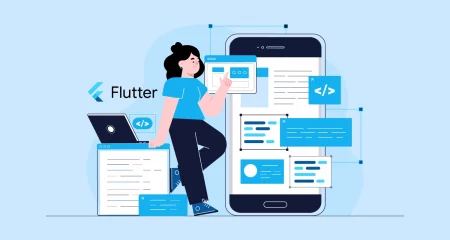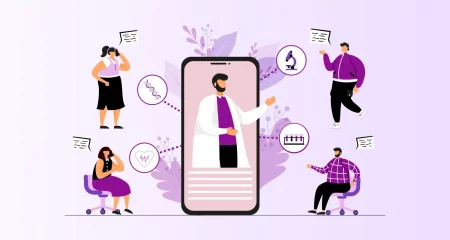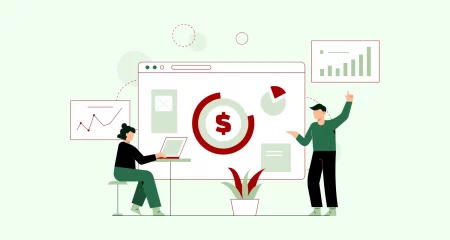The Ultimate Guide to On-demand Delivery App Development in 2024

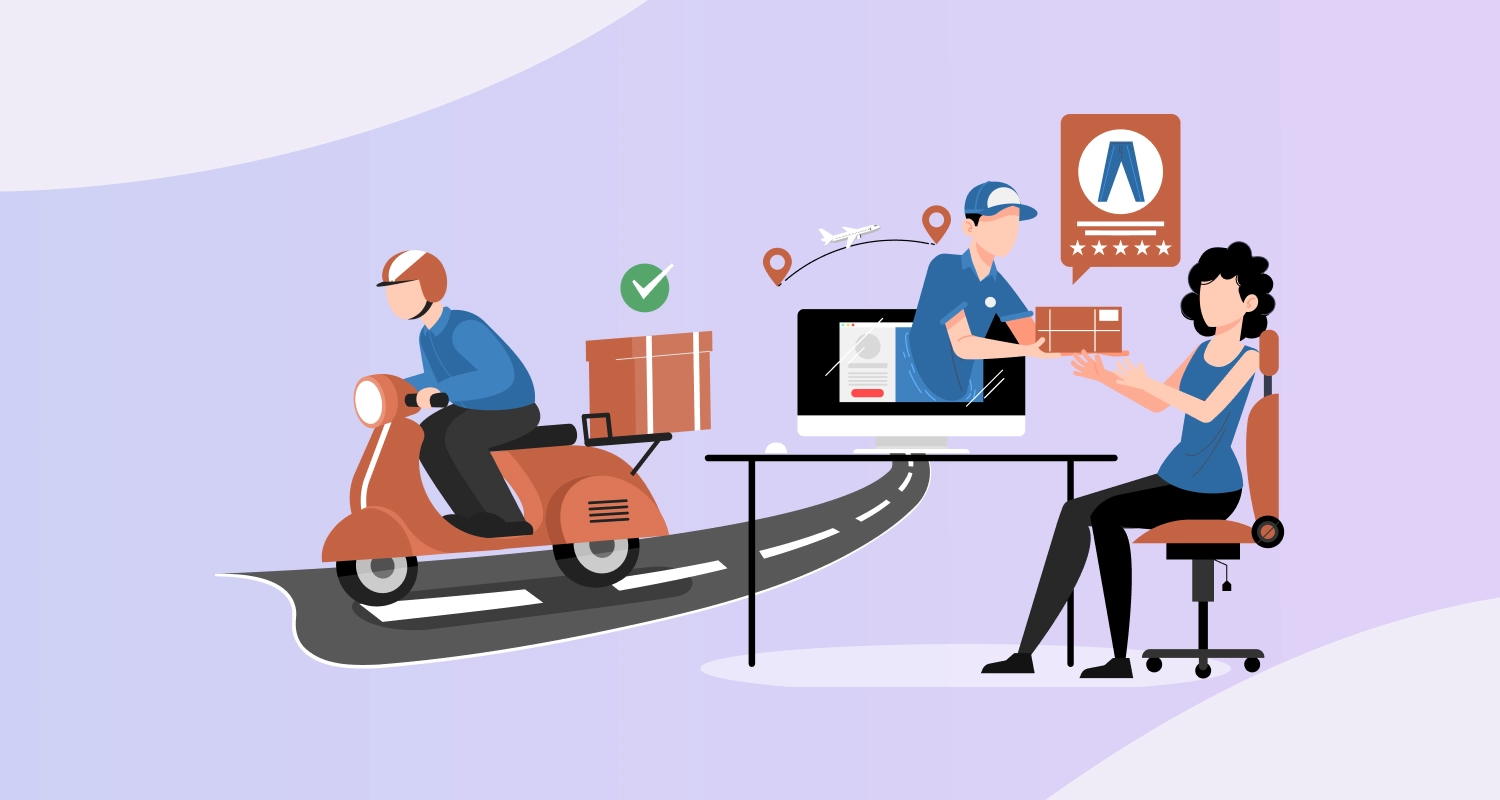
The accelerating pace of our lives necessitates an increasing reliance on a multitude of service-based, on-demand delivery applications. These apps cater to our varied needs such as food, prepared meals, groceries, and transportation.
However, an important question emerges - is the ongoing development of these applications still relevant? Well, to provide a short response, yes; after all, there are numerous shortcomings within the current iterations of these apps. If you find yourself deliberating on whether to continue and questioning whether committing time and resources to on-demand delivery app development would yield dividends, we urge you to carefully read through the following comprehensive article.
Based on a thorough investigation into the on-demand delivery app industry, this article sheds light on the core features and advantages of the application. We also offer an additional bonus at the end of this article - a checklist that propels you towards building your own on-demand delivery app. Let's dive into this discussion and move forward, aiming to get you quickly started in on-demand delivery app development.
What Is An On-Demand Delivery App?
All of us, besides leading busy lives, invariably keep our smartphones within arm's reach: this ensures that you - inarguably - have yourself used an on-demand delivery application at least once. Some of the most popular and best on-demand delivery apps in the industry include:-
- Food Delivery Apps - UberEats, Doordash, Zomato, Swiggy, and GrubHub
- Instant Transportation or Ride Booking Apps - Uber, Ola, and Rapido
- Grocery Delivery Apps - Walmart, Instacart, Zepto, and Blinkit
- On-Demand Home-Service Apps - UrbanCompany, Mr. Right, and Taskrabbit
As you can see from the above examples, you can think of on-demand delivery apps as those that allow users to order any service at their convenience. The other side of it is that these services are delivered only when the user demands it (which is why these are called on-demand). Our daily lives have indeed become more simplified through on-demand delivery apps: we can now check and order items with just a few clicks; subsequent to that, they swiftly deliver our desired goods.
What Kinds of Applications Are Available for On-Demand Delivery?
Similar to other mobile applications in the market, on-demand delivery apps can be divided into three broad categories which are as follows:-
- B2C or Business to Consumer
In the case of B2C on-demand delivery apps, the businesses directly deliver services to the end users and charge a small delivery or convenience fee. This model underpins the functionality of numerous on-demand food and grocery delivery apps in the market.
- B2B or Business to Business
B2B on-demand delivery apps are purely based on the demand and supply principle in economics. These apps generally connect businesses to one another and in recent years, these apps have gained huge popularity.
- C2C or Consumer-to-consumer
The C2C or P2P (person-to-person) on-demand delivery apps allow individuals to facilitate transactions with one another. A great concept of a C2C on-demand delivery app is - a person traveling from one country is bringing Goods A and B that two people living in his destination country need. So, these C2C apps provide a platform and act as a bridge that connects these two and facilitates the sale.
Having examined the various types of on-demand delivery apps, you may now be generating numerous app development ideas. It is crucial to note that while there are numerous B2B and B2C on-demand delivery applications available, the C2C variant remains untapped and unexplored. We suggest considering your next app concept within this niche. We strongly advocate your partnership with firms proficient in mobile app development services. Such a collaboration will definitely ensure the transformation of your app idea into a tangible reality.
What Are the Leading Benefits to Invest in on-demand Delivery Apps for Businesses?
First, we will explore the primary advantages of developing an on-demand delivery app; subsequently, delving into its core features follows this investigation. Numerous advantages drive the popularity of this type of application; therefore, a deeper investigation before you invest in on-demand delivery app development is necessary.
Easier Access to Services
The prime reason why on-demand delivery apps are famous and why businesses are investing in delivery app development is the added ease of access. Generally, on-demand delivery apps are built using frameworks that help build easy and interactive user interfaces. This helps better user experience and also makes the app all the more maintainable, which is a win-win for all parties involved.
Versatile Add-On Features
Although the core functionality and features of on-demand delivery apps seem simple, these apps provide a lot of add-on features to users. For example, they have multiple payment gateways integrated which makes the complete process all the more convenient for users.
Cuts Down on Costs
Since most on-demand delivery apps utilize cutting-edge technology and do not use a lot of resources, they help cut a lot of costs and the overall effort required. We recommend that before you build a delivery app, you determine the optimal positions of your warehouse to save more and ensure that the overall complexity is reduced.
More Business Growth Opportunities
Your on-demand delivery app's popularity will continue to rise with time, expanding your user base and yielding more revenue. Furthermore, as our lives grow busier, the demand for such delivery apps will only escalate. If you aim to capture this market and generate revenue, this current period presents the opportune time for you to invest in on-demand delivery app development.

What Are the Core Features Your On-demand Delivery App Must Have?
Before you hire mobile app developers to develop an on-demand delivery app, you must be well aware of the features it brings into the play. This will help you better plan and visualize what the final on-demand delivery app will look like. So, let us explore the core features that these on-demand delivery apps have and should consider adding to your application:-
- User Registration and Login Modules
- Product Search
- Order Placement and Checkout Flow
- Shipment Tracking
- Safe and Secure Payment Modules
- User Ratings and Reviews
- Push Notifications
Please remember that all of these core features are essential to the overall look and functionality of the app. We suggest that you do not try to implement advanced features and functionalities in the MVP. Instead, we recommend you focus on developing a basic version that works seamlessly and effectively and then build on it.
Note - There is no shortage of features and functionalities that you can add to your app but you must ensure that your end app is lightweight. Also, your feature constraint must be set based on a few factors like the type of on-demand delivery app, the budget you have, the tech stack to be used, and the development approach to be taken.
How to Create an On-demand Delivery App?
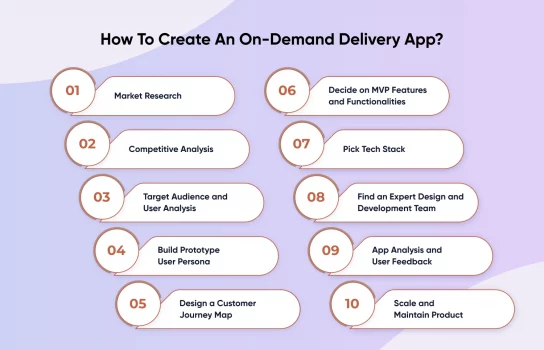
The ultimate question that bags around your mind kickstarting the development journey: How can I create an on-demand delivery app? Well, allow us a checklist that you can refer to to ensure that you are on the right track and well-prepared to get into on-demand delivery app development.
Market Research
Initiating on-demand delivery app development necessitates the first step: market research. The ultimate aim lies therein - to ascertain precisely what your users desire from you, and to determine whether there exists market potential for growth within your application's scope.
Competitive Analysis
Now, you will need to find out who your competitors are and check out their applications. This will help you understand what services they offer and will also help identify the drawbacks that these apps have.
Target Audience and User Analysis
Identify your target audience and comprehend their priorities as the next step. This phase further involves understanding: the lifestyle of your target audience; the factors causing them pain (pain points), while simultaneously recognizing - and addressing – their preferences.
Build Prototype User Persona
Here, you have to create a customer archetype that you can use to judge whether your app is shaping up how it is supposed to or not. The prototype user persona will help you test whether the app you have built is fulfilling customer expectations or not.
Design a Customer Journey Map
Defining a Customer Journey Map or a CJM will help you ensure that the customer experience provided is central and does not deviate at times.
Decide on MVP Features and Functionalities
As we explained in the previous section where we were discussing core features, it is good to have many features. However, you must prioritize and understand which are the most important to make a delivery app (at least the MVP).
Pick Tech Stack
In this stage, you have to look at your app requirements and zero in on the tech stack you want to use. Taking a concrete decision about the tech stack as early as possible is important as it can help simplify the entire development process. Another advantage is that it will allow you to hire a relevant team and ensure that you have access to the right developers.
Find an Expert Design and Development Team
Once you have picked a tech stack, this step becomes quite simple and straightforward. You must hire UI/UX designers and experienced developers to ensure that your app design is correct and it is developed as expected.
App Analysis and User Feedback
In this stage, you will look at app analytics to understand how your app is being used by users and understand how you can better it. You also have to take user feedback into account to find out areas of improvement and make efforts to improve anything users don’t like.
Scale and Maintain Product
Development is not the ultimate stage that you need to focus on because it is important that you scale and maintain the product. In this stage, you will need to keep analyzing user needs and scale your product while ensuring that it is stable.
Conclusion
The on-demand delivery app market has grown over the years and is keeping on witnessing immense growth. However, with so many on-demand delivery apps already present in the market, you must have excellent development skills. After all, this will help ensure that a fully functional and efficient app is developed and delivered to your target audience at the earliest. This will in turn provide you with more time to market and reach your users and also ensure that the competition is minimal (as compared to future years).
Are you concerned about your ability to get started with on-demand delivery app development? If you lack the technical expertise or the substantial experience required to construct complex software solutions, we suggest contacting an on-demand app development company. At HireMobileDevelopers, our team consists of more than 220+ app developers - a group with an impressive track record in app development that stretches over X years. We specialize in creating fully-functional and efficient apps; therefore, we encourage you to make contact – let's arrange a meeting to discuss your unique app idea. Following this initial conversation, we will form a mutual plan and aim to facilitate your journey into on-demand delivery app development.
Frequently Asked Questions
The Minimum Viable Product’s (MVP) complexity, team size, and available resources ultimately dictate the total development time for an on-demand delivery app. This timeframe can range: from a conservative estimate of two weeks–to a more liberal projection extending up to two months.
Every successful on-demand delivery app boasts key features: logging in; signing up– an integral part of user engagement strategy; multiple payment options that enhance convenience for customers; product search which facilitates efficient browsing through available items. Equally important are order placement and product checkout functionalities – these streamline the entire purchasing process. Moreover, notifications ensure users stay updated on their orders’ status at all times.
Our increasingly busy lives drive us to rely more on on-demand delivery apps: a trend that escalates as time progresses. Consequently, the popularity and revenue generation of these on-demand delivery applications are intensyfying with every passing moment.
Yes, it is absolutely possible to integrate third-party services like payment gateways into on-demand delivery apps. If you do not have much tech experience, we recommend you hire professional developers to go ahead with the integration.
Transform Your Vision Into Reality.
Contact Us Now to Kickstart Your Mobile App Project!
Let's Discuss
